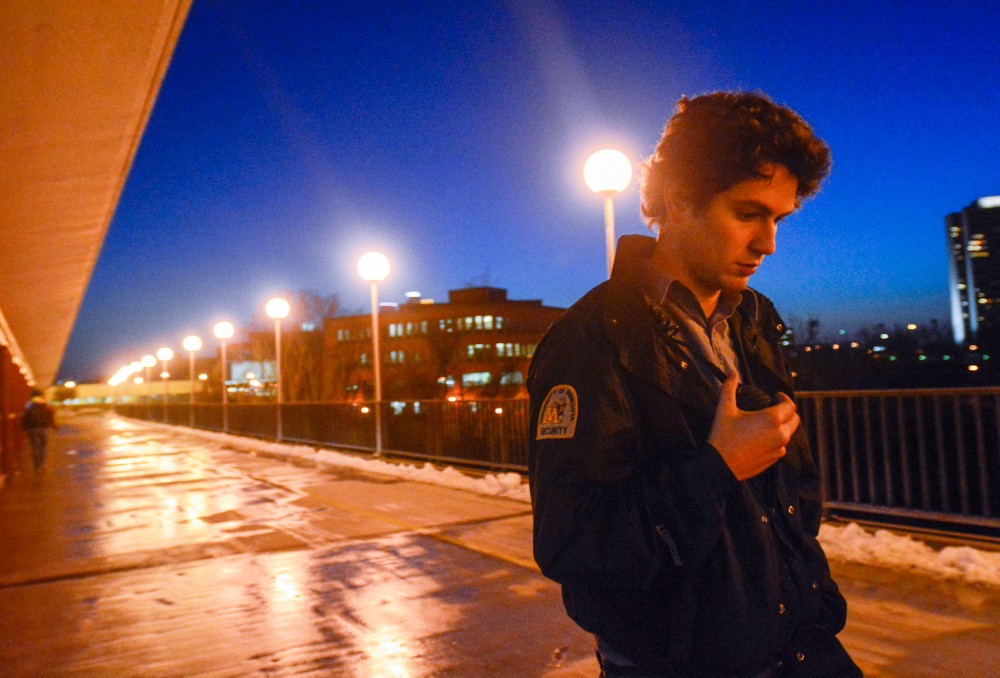The security monitor position is one of the most important and difficult student jobs on campus. That’s part of the reason they receive extensive training. The University of Minnesota community cannot thank these monitors enough for their service.
However, as the manager of University Security and the security monitors, I must clarify part of the April 13 article, “For UMN student security monitors, bridge crisis bring anxiety.” The article incorrectly asserts that “when a student is in crisis on the Washington Avenue Bridge, the task of talking them off the ledge often falls to student security monitors.”
While security monitors may be first to notice someone in crisis, they are not asked, nor expected to talk that person down, nor are they left alone in those situations.
All monitors are trained, asked and expected to immediately contact the University’s Public Safety Emergency Communication Center (PSECC) to request assistance for safety and security concerns or crimes.
The 911 dispatcher will then send a UMPD police officer along with other emergency services, as circumstances dictate. The training security monitors receive centers around incident identification, requesting assistance, verbal de-escalation skills and their own safety.
A reality of the security monitor’s role means they may encounter multiple stressful situations where action to inform others and request appropriate resources must be taken. It’s a system that works — having security monitors patrolling, engaging when needed and quickly involving professionals, so the person in crisis, a victim and the security monitor have someone with the proper training at the scene.
Editor’s Note: This letter has been lightly edited for style.
Justin Yarrington
Manager, University of Minnesota Security
















